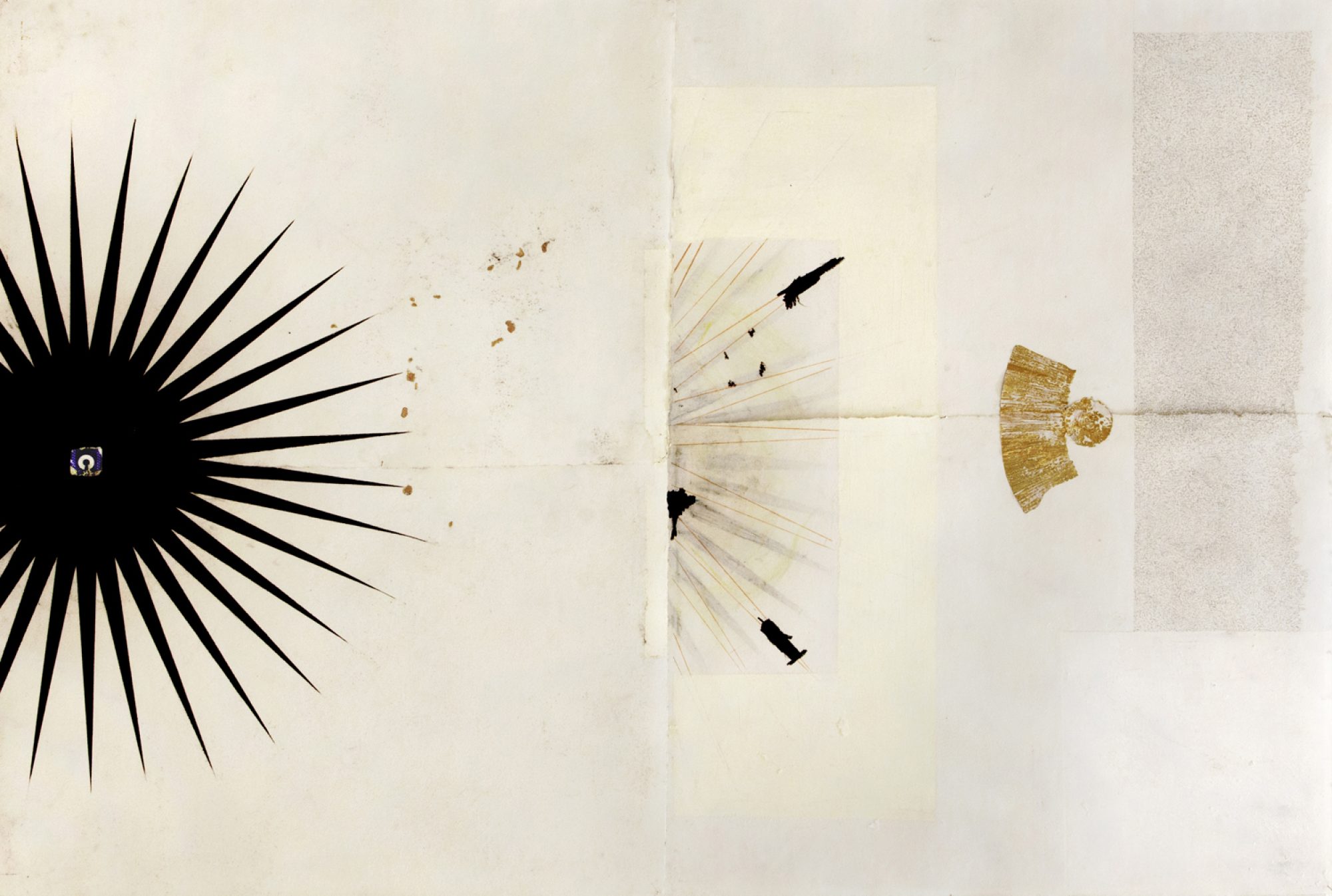By Hannah Bernier, RHS Intern. October 1, 2020

“What would it mean to stand on the first page of the end of despair?”
This is the question many of us are asking ourselves as we wonder when the U.S. government will take concrete action to address climate change and its many consequences. As each day brings us closer to the critical deadline of global temperatures increasing by 1.5℃ above pre-industrial levels, it is easy to focus on the failures that led us to this point. While it may seem disheartening to do so, the chance to redefine our position within the climate crisis can change despair into a call for action and even has the potential to transform endings into beginnings. Channeling climate anxiety into actions like connecting with climate advocacy groups, adopting sustainable practices, and even creating art can generate hope and connection.
Adrienne Rich, whose poetry and essays have become crucial texts in second wave feminist discourse, wrote extensively about finding hope in the midst of despair. She made insightful connections between gender, racial, and environmental issues, and blended her art and activism in a manner that was unusual during her lifetime. Never one to shy away from the complexity found in connection, her work shows how art is a critical form of engagement with people and places. In her essay “Woman and Bird” she describes the richness that can be found in interdisciplinary engagement with the keen observation that “poetry and politics both have to do with description and with power. And so, of course, does science. We might hope to find the three activities‒poetry, science, politics‒triangulated, with extraordinary electrical exchanges moving from each to each and through our lives.”
Rich’s life is a testament to how engagement with social and environmental issues happens on a variety of levels: personal and professional, individual and collective. She worked to reconcile these dichotomies through intersectional explorations of her own identity as a Jewish lesbian woman, numerous speeches and lectures about gender and racial inequalities, and participation in organizations such as the Search for Education, Elevation, and Knowledge (SEEK) program at the City College of New York that created opportunities for groups traditionally underrepresented in higher education. Rich saw how varying levels of hierarchy interacted within educational and social systems, and worked with other activists and teachers to break them down through art and education. Extrapolating these ideas to the current climate crisis, the need for not only interdisciplinary but also intersectional approaches to environmental justice will be critical to lasting solutions.
The work to be done is difficult and serious but does not require isolation. Reframing individual responsibility as a dynamic component of a social ecosystem allows for greater hope and understanding in discussions about climate change. While some, like Rich, have the skill of weaving ideas and disciplines together into emergent forms, others may find their methods of contribution tied to other activities such as healing, building, or teaching. The key, however, is in the recognition that social ecosystems, like their biological eponym, have “extraordinary electrical exchanges” between component parts, and we have the opportunity to engage with them.
In the poem “Dreams Before Waking,” Rich reminds us of the responsibility to act in order to heal despair when she asks:
What would it mean to live
in a city whose people were changing
each other’s despair into hope?‒
You yourself must change it.‒
What would it feel like to know
your country was changing?‒
You yourself must change it.‒
Though your life felt arduous
new and unmapped and strange
what would it mean to stand on the first
page of the end of despair?
The hope required to make serious change is both an individual and collective effort, a continuous cycle of reflection and action. So how can you turn despair into hope? Read a book, have a difficult conversation, join a movement. Learn, connect, and act.
Resources for further reading
Iyer, Deepa. “Mapping Our Roles in Social Change Ecosystems.” Building Movement Project,
2020.
uide-CC-BY-NC-SA-4.0-Handles.pdf.
Miller, K. R. “Personal Weather: Rereading Adrienne Rich for the Anthropocene.” Michigan
Quarterly Review. The University of Michigan, September 20, 2016.
-anthropocene/.
Moynihan, Colin. “A New York Clock That Told Time Now Tells the Time Remaining.” The
New York Times. The New York Times, September 20, 2020.
rchResultPosition=19.
Rich, Adrienne, Albert Gelpi, Barbara Charlesworth Gelpi, and Brett C. Millier. Selected Poems,
1950-2012. New York: W.W. Norton & Company, 2018.
Rich, Adrienne, and Sandra M. Gilbert. Essential Essays: Culture, Politics, and the Art of
Poetry. New York: W. W. Norton & Company, 2019.
Savonick, Danica. “Changing the Subject: Adrienne Rich and the Poetics of Activist Pedagogy.”
American Literature, vol. 89, no. 2, Duke University Press, June 2017, pp. 305–29,
doi:10.1215/00029831-3861529.

An interesting discussion is worth comment. I believe that you need to publish more about this subject, it might not be a taboo subject but generally people don’t speak about such topics. To the next! Best wishes!!